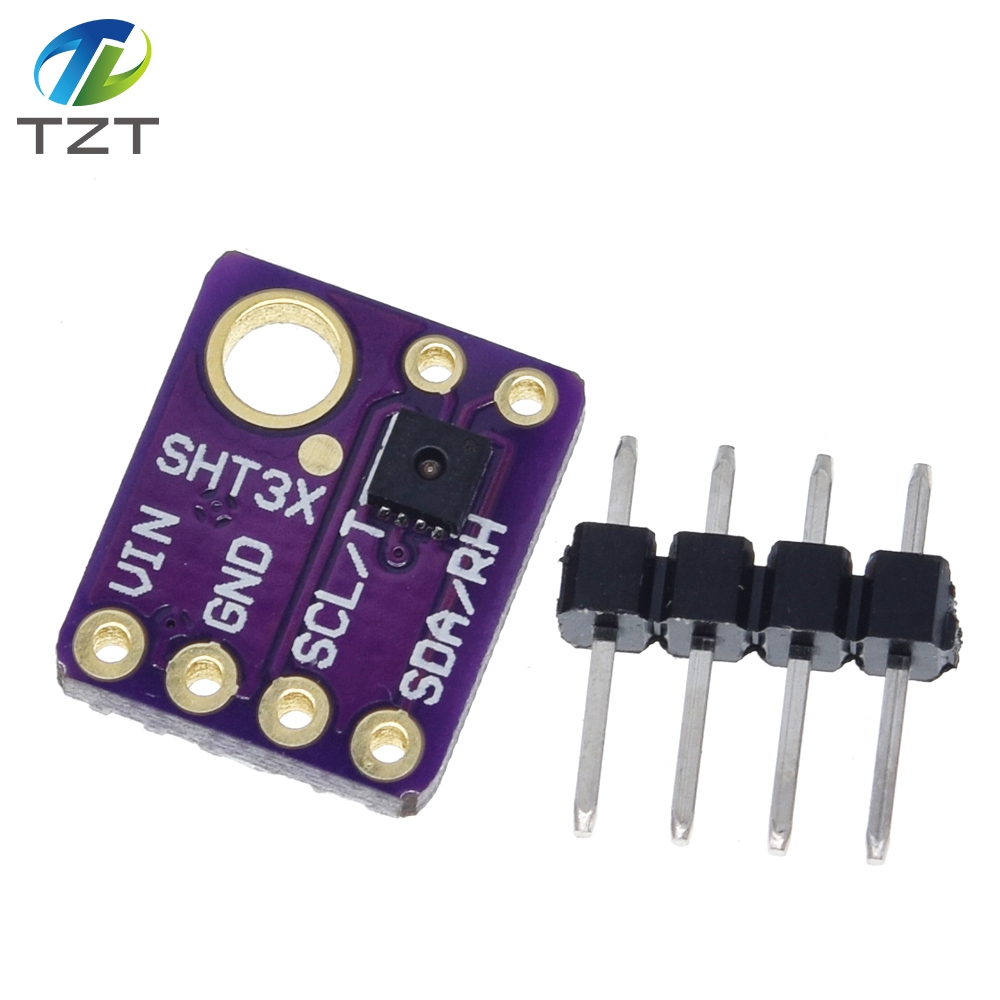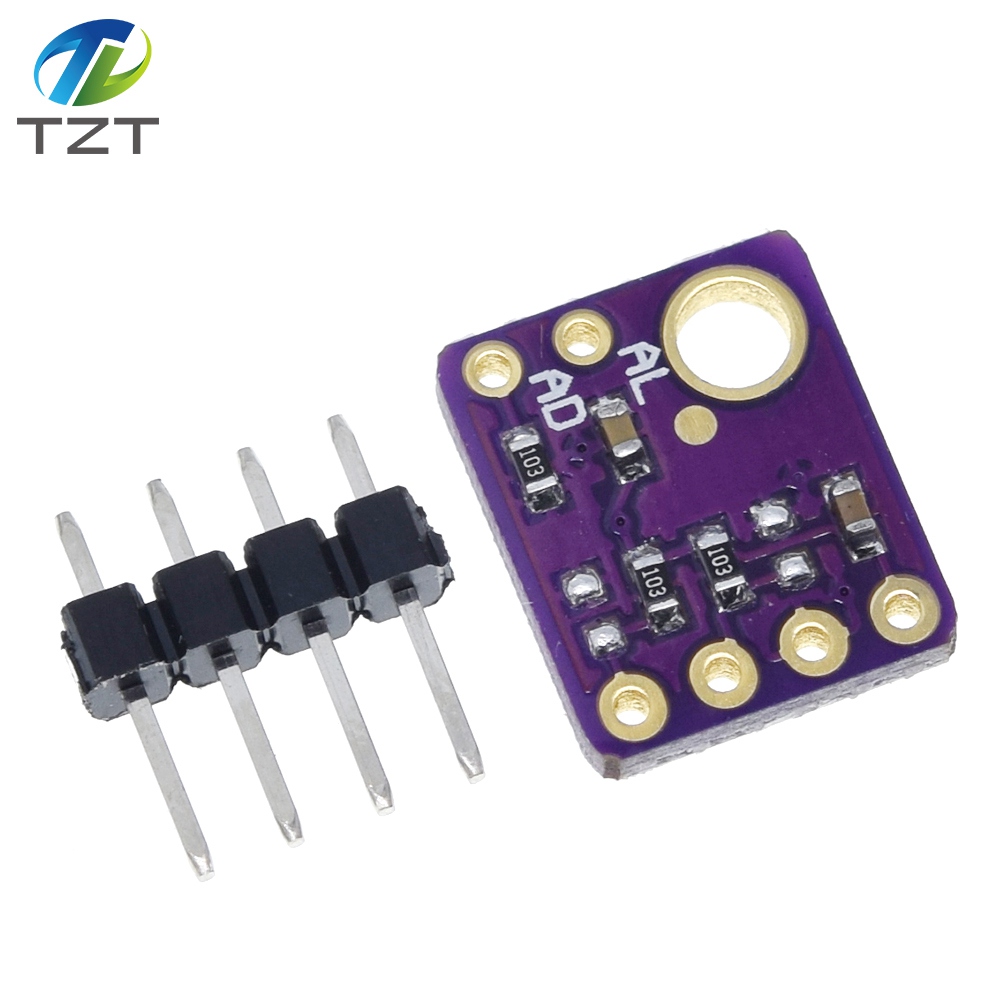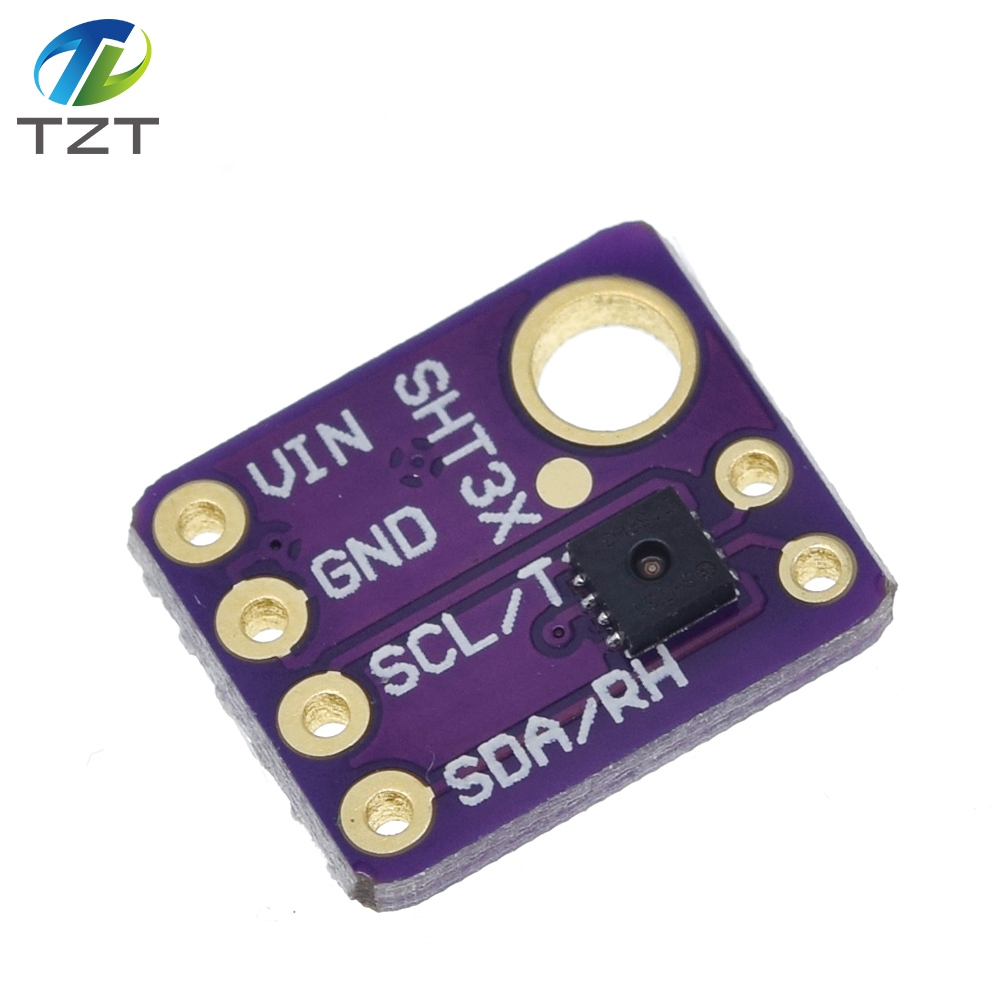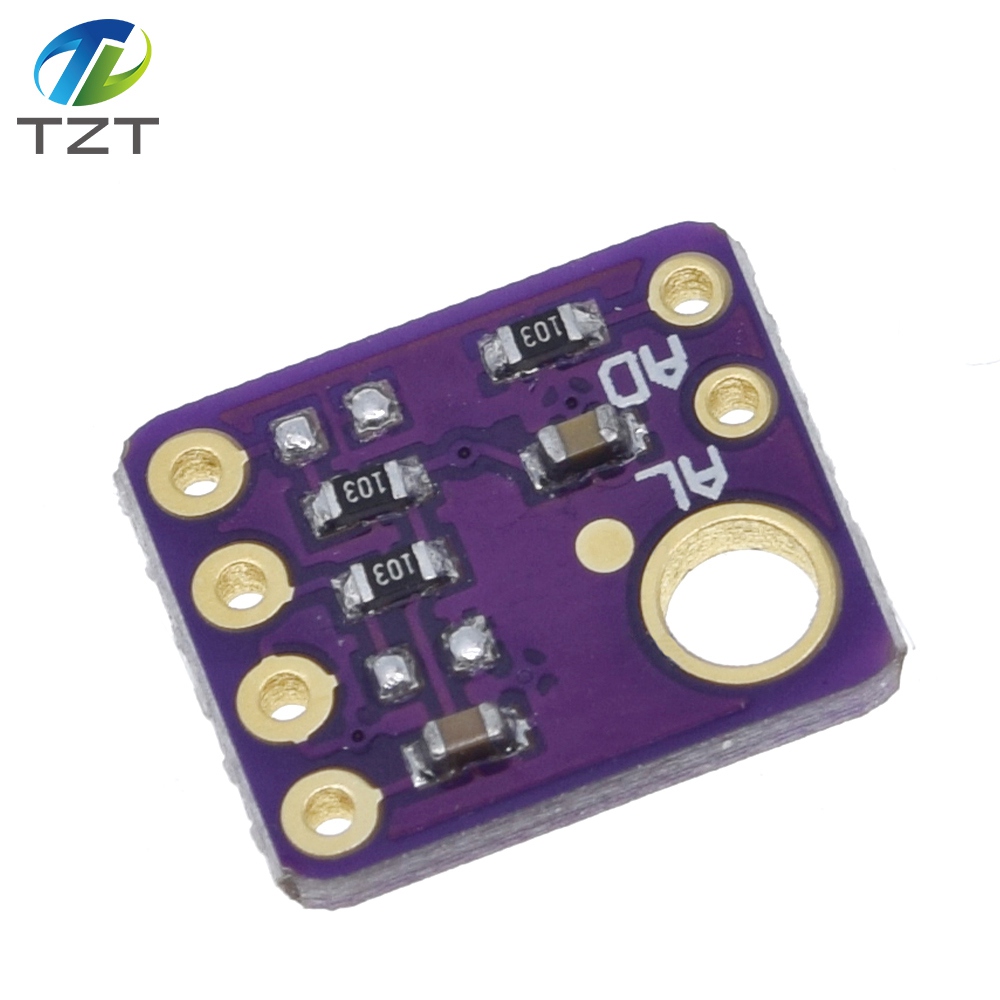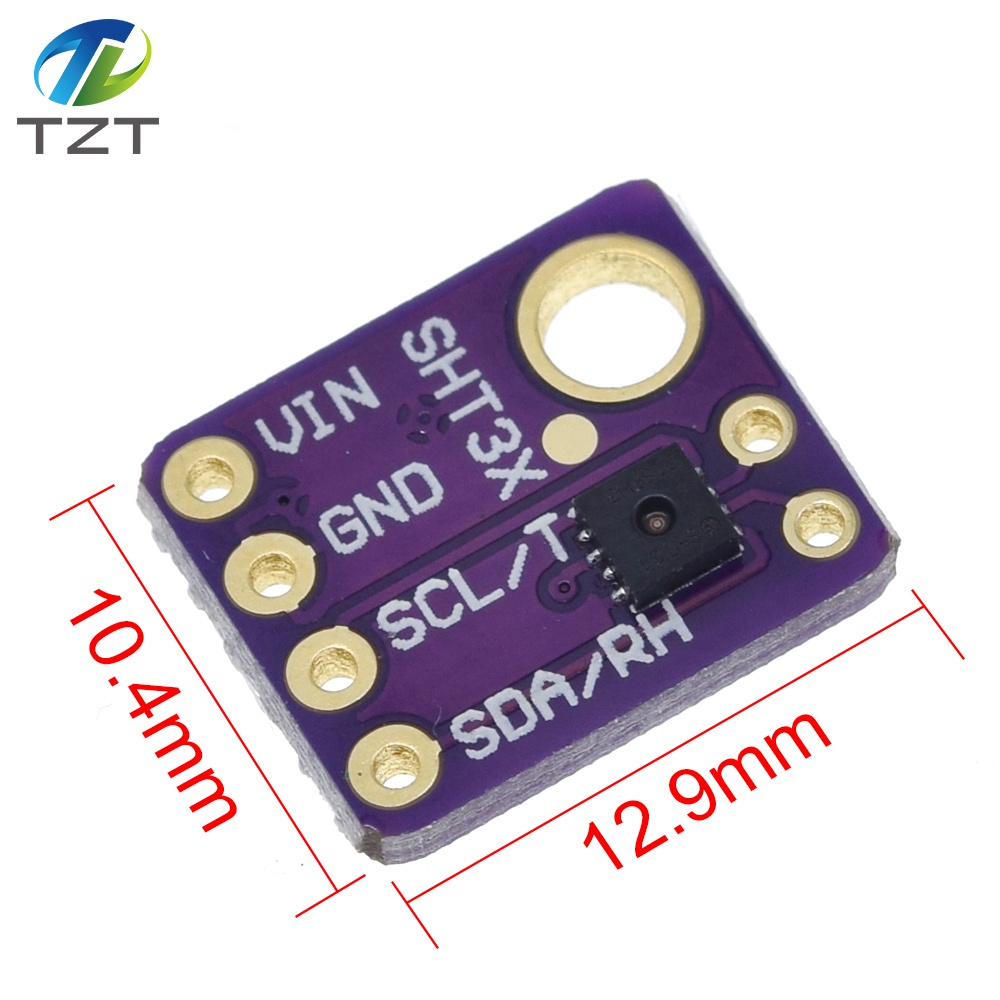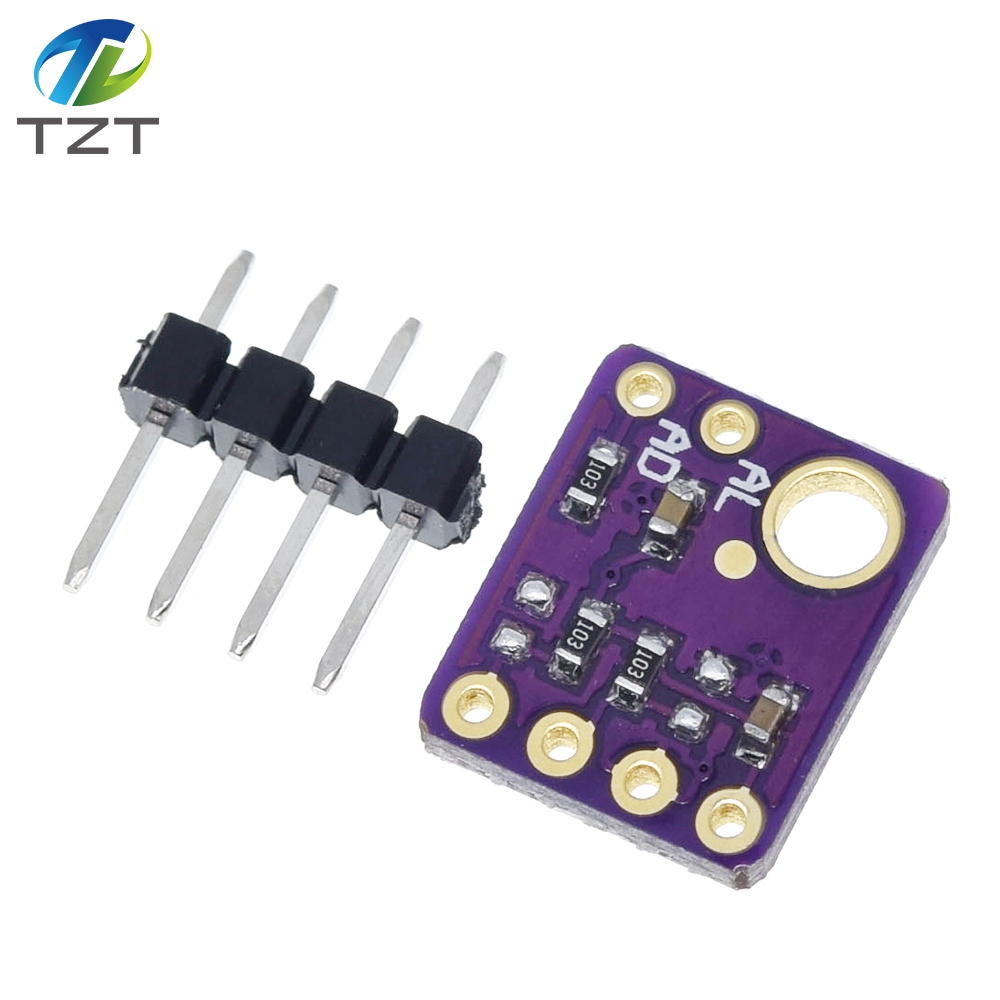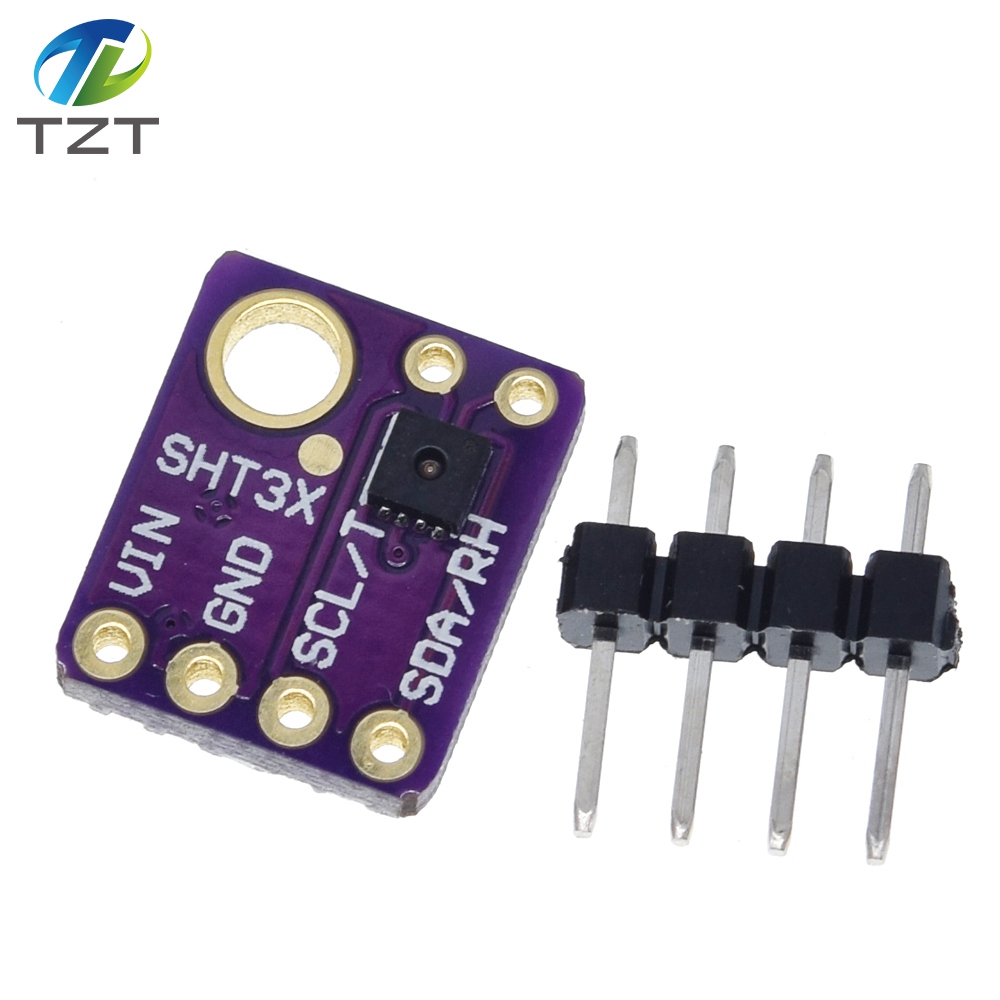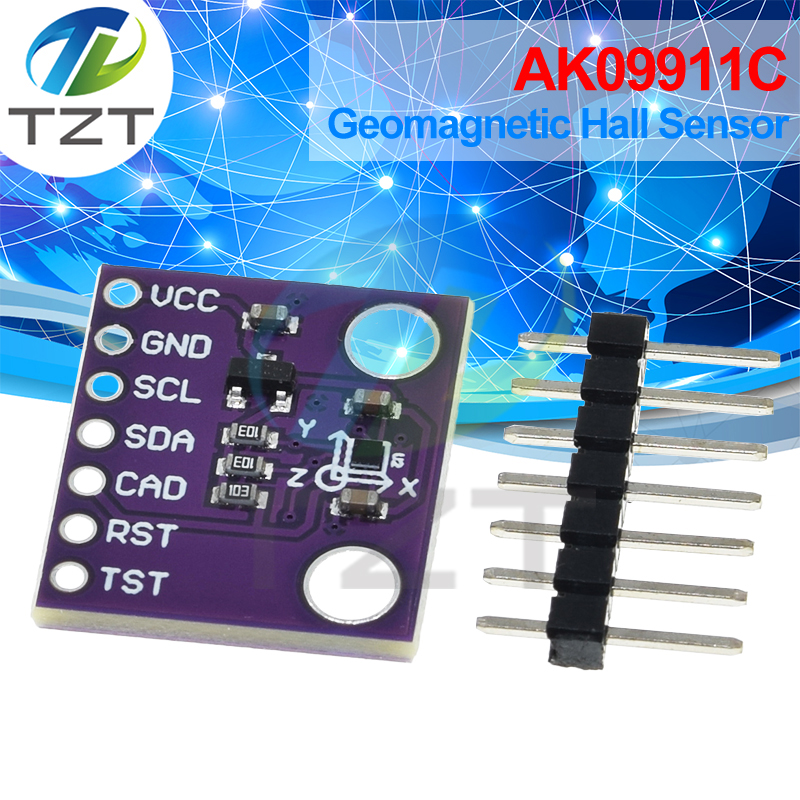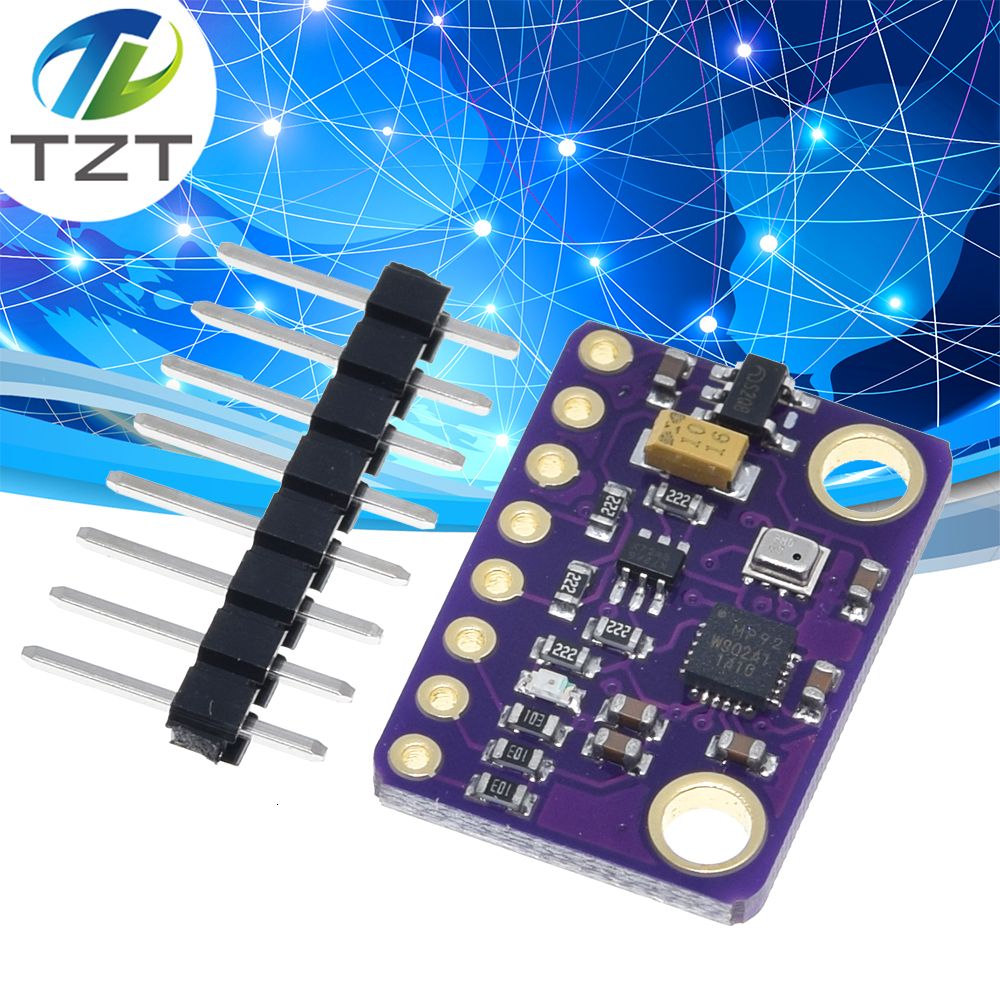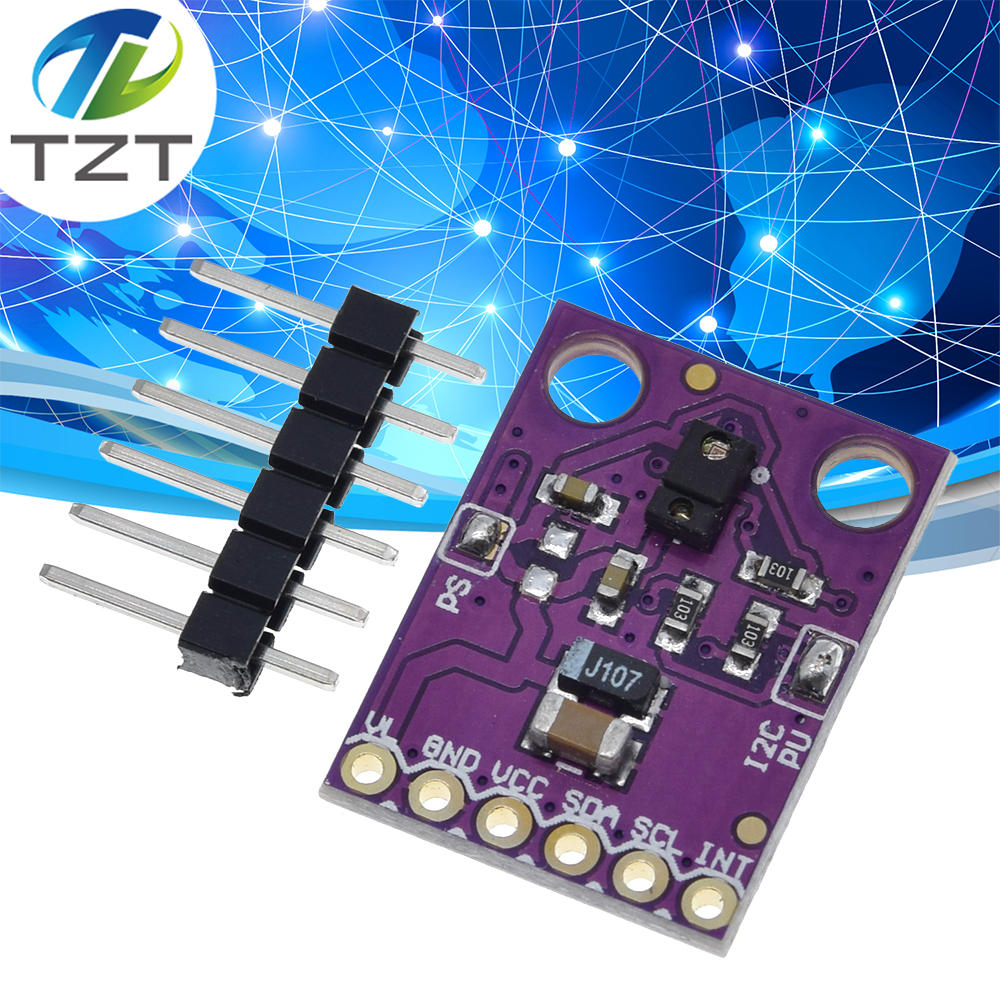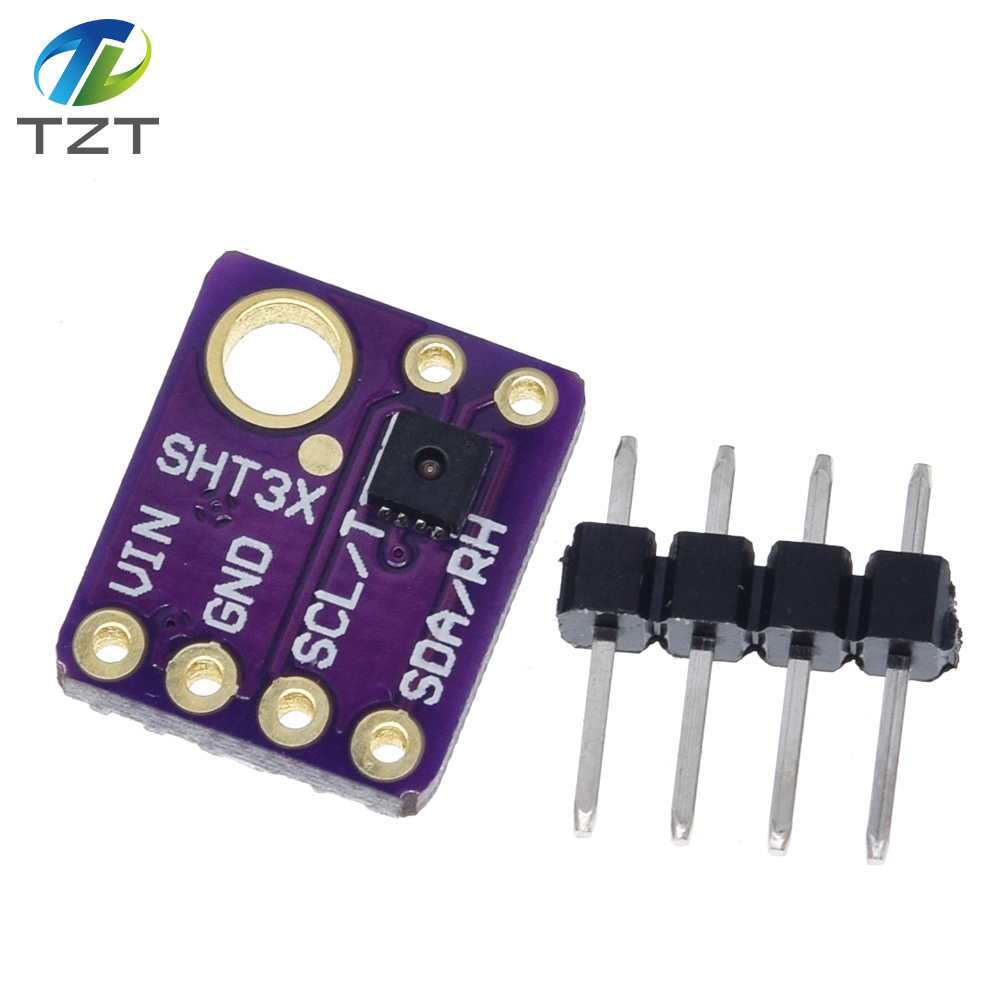TZT SHT31 Temperature SHT31-D Humidity Sensor Module Microcontroller IIC I2C Breakout Weather 3V 5V Compliant For Arduino
- Quantity:
Sensiron Temperature/Humidity sensors are some of the finest & highest-accuracy devices you can get. And, finally we have some that have a true I2C interface for easy reading. The SHT30-D sensor has an excellent ±2% relative humidity and ±0.3°C accuracy for most uses.
Unlike earlier SHT sensors, this sensor has a true I2C interface, and (bonus!) even with two address options. It also is 3V or 5V compliant, so you can power and communicate with it using just about any microcontroller or microcomputer.
Such a lovely chip - so we spun up a breakout board with the SHT30-D and some supporting circuitry such as pullup resistors and capacitors. Each order comes with one fully assembled and tested PCB breakout and a small piece of header. You'll need to solder the header onto the PCB but it's fairly easy and takes only a few minutes even for a beginner.
Power Pins:
Vin - this is the power pin. The chip can use 2.5-5VDC for power. To power the board, give it the same power as the logic level of your microcontroller - e.g. for a 5V micro like Ard uino, use 5V. For a 3.3V controller like a Raspbery Pi, connect to 3.3V
GND - common ground for power and logic
RST - Hardware reset pint. Has a 10K pullup on it to make the chip active by default. Connect to ground to do a hardware reset!
ALR - Alert/Interrupt output. You can set up the sensor to alert you when an event has occured. Check the datasheet for how you can set up the alerts

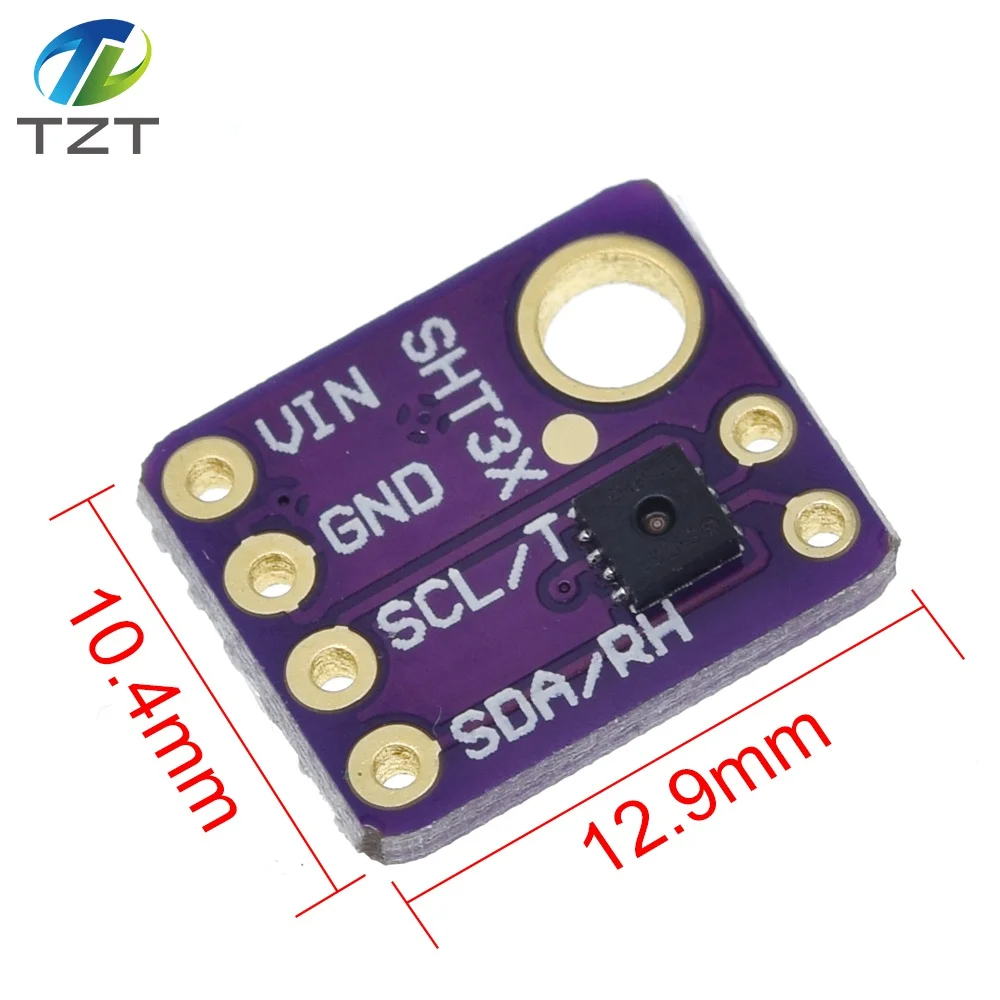


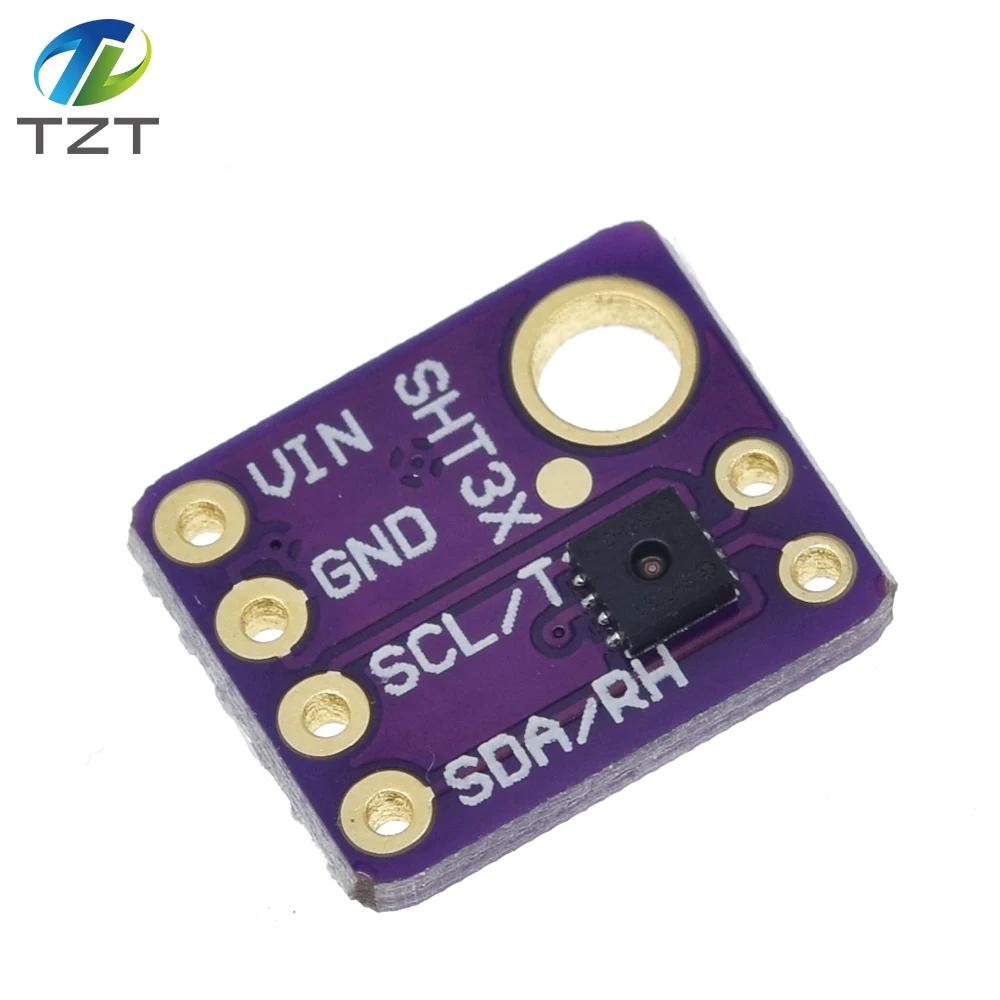

China (Mainland)
 TUOZHANTENG electronic components Co., LTD
TUOZHANTENG electronic components Co., LTD
 0755-82527072
0755-82527072
 emily@tztstore.com
emily@tztstore.com
 3013 Hongli Road, Shanghang Building 5F/511, Huaqiangbei , Futian , Shenzhen , Guangdong , China.
3013 Hongli Road, Shanghang Building 5F/511, Huaqiangbei , Futian , Shenzhen , Guangdong , China.
Hong Kong,China
 TUOZHANTENG HK CO., LTD
TUOZHANTENG HK CO., LTD
 1244995775@qq.com
1244995775@qq.com
 Room 1103, Hang Seng Mongkok Building, 677 Nathan Road, Mongkok, Kowloon, Hong Kong
Room 1103, Hang Seng Mongkok Building, 677 Nathan Road, Mongkok, Kowloon, Hong Kong
WhatsApp +86 15920041318
![]() WeChat +86 15920041318
WeChat +86 15920041318
Telegram/ KakaoTalk :+86 15920041318
Website customer service

 Recommended products
Recommended products
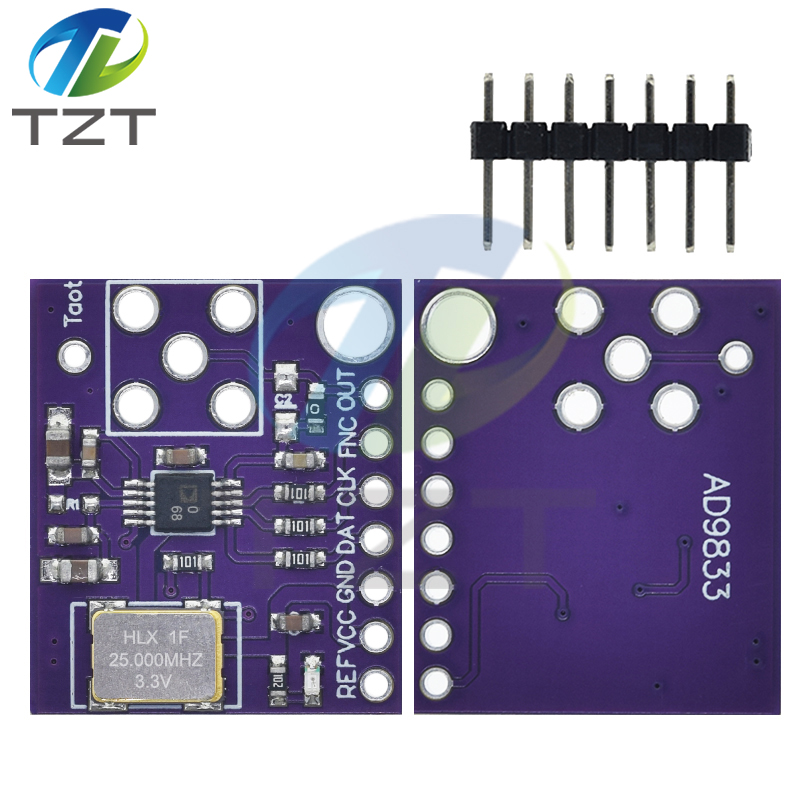
-
TZT AD9833 AD9833BRMZ Programmable Microprocessor 0-12.5MHZ Sine Square DDS Signal Generator Module Serial Interface Module
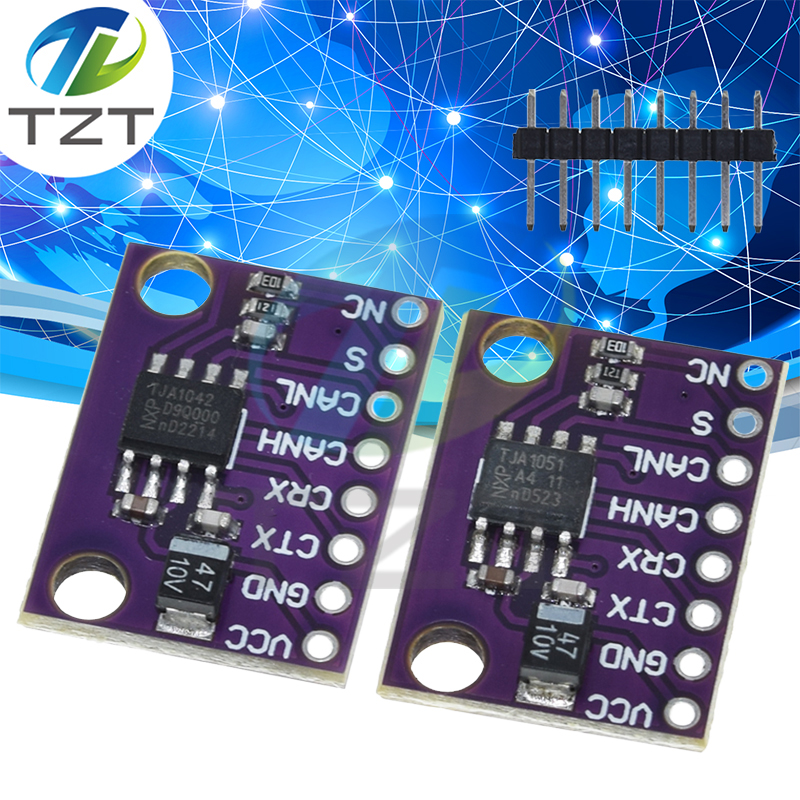
-
TZT TJA1042 TJA1051 High Speed Low Power Consumption And CAN Transceiver Module TJA1051T TJA1042 For Arduino
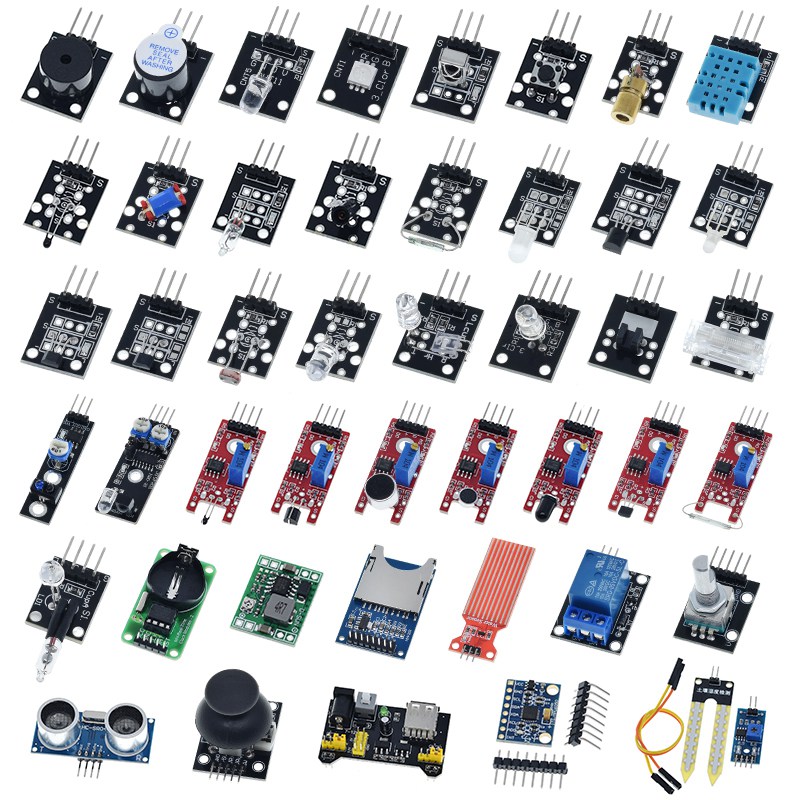
-
For Arduino 45 Kinds of Sensors Digital Temperature Humidity RGB LED Soil Buzzer Sound Ultrasonic Sensor Module UNO R3 MEGA2560
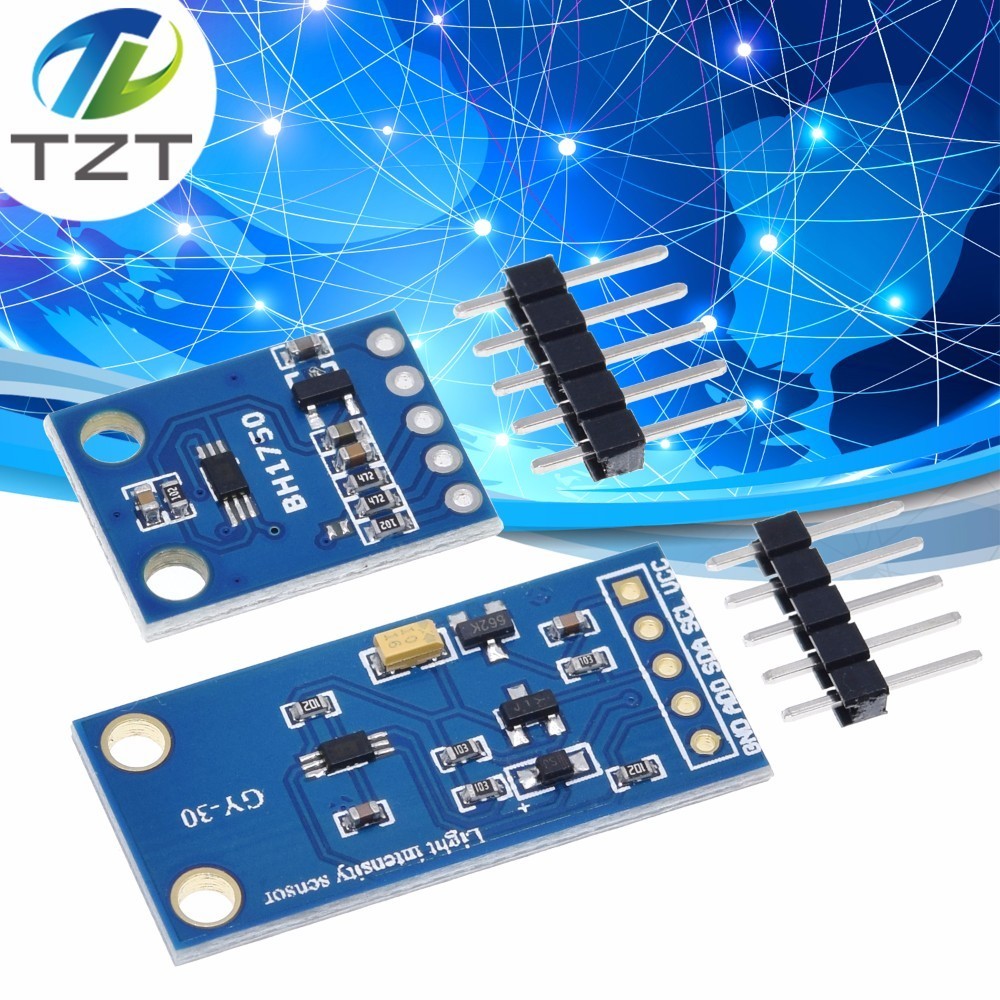
-
GY-302 GY-30 BH1750 BH1750FVI The digital optical intensity illumination sensor BH1750FVI of module for arduino 3V-5V
-
Tel
+86 15920041318 -
Wechat

-
Whatsapp


